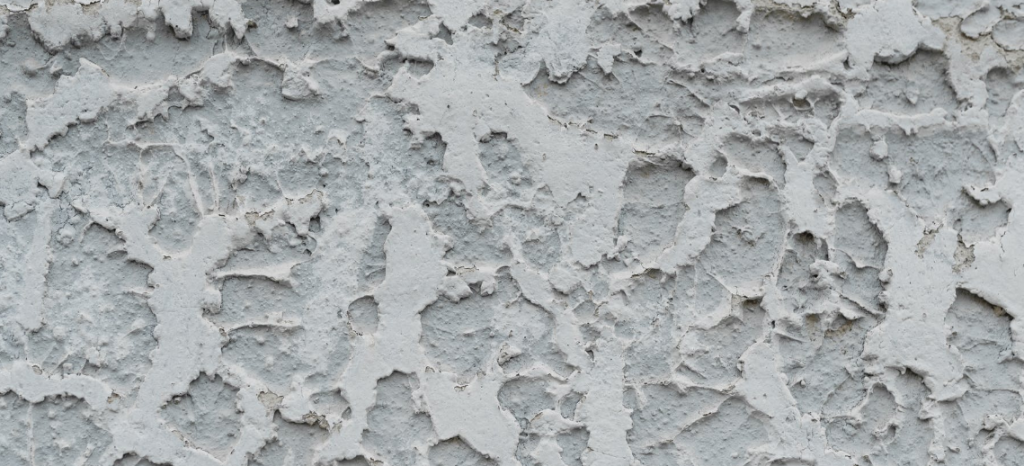Stucco Problems & How a Contractor Can Help

A friend of ours likes to say “There’s no pancake thin enough that it doesn’t have two sides.”
And so it is with stucco.
On the plus side, stucco is a beautiful and functional building material. When it is properly installed, it is energy efficient, fire retardant, and helpful in reducing excess noise.
On the flip side, it is vulnerable to a wide variety of moisture-related problems, especially in the mid-Atlantic region. Many homeowners have reported stucco problems—almost exclusively due to moisture penetration resulting from improper installation.
If you live in a home with a stucco exterior, especially one that was built between 1985 and 2004, here are three signs to look for that often point to an improper installation and should be addressed promptly:
Does your stucco extend below grade? Unfortunately, this is one of the most common and most damaging mistakes a stucco installer can make? Applying the finish below grade causes the water contained in the stucco to move downward, yet it has nowhere to drain. In addition, below-grade stucco pulls moisture out of the ground, making the problem even worse.
Is your stucco deteriorating? Stucco that is left untreated can break down significantly. This deterioration can be exacerbated by heavy precipitation, pressure washing, improper mixing, poor installation, and landscaping that has been planted too close to the wall. An application of sealant after installation goes a long way to keeping stucco from breaking down.
Can you see water marks in your stucco? The Mid-Atlantic region gets a lot of rain, making stucco homes in this area extra-vulnerable to moisture damage. The application of a strong sealant as part of the installation process minimizes moisture saturation, making the formation of visible water marks on the exterior of the stucco less likely.
If you note any of these issues with your home’s stucco, don’t delay: bring in a stucco remediation agent as soon as possible. Better to address the problem now than wait until the damage has become so extensive that it can’t be fixed.
The best choice for the job is an experienced stucco contractor who will take a comprehensive approach to the remediation. It’s important to address the problems that are obvious, but it’s also critical to fix the issue at its source to keep the problem from happening repeatedly.
